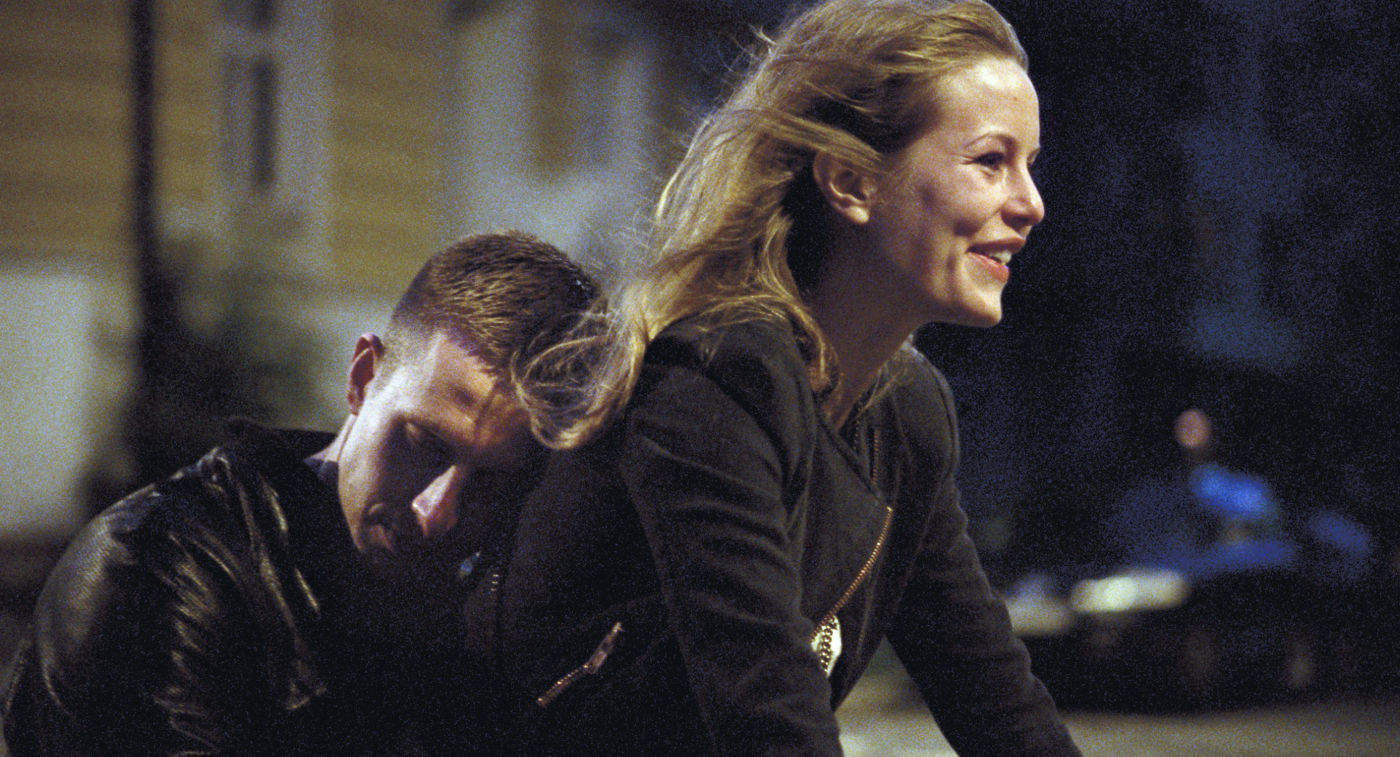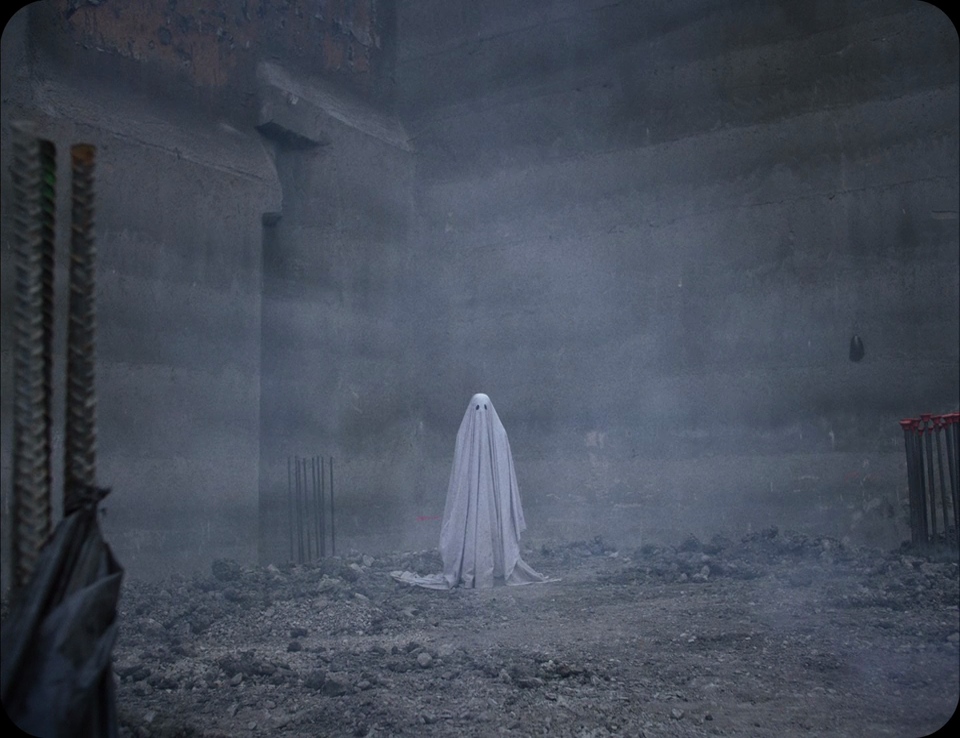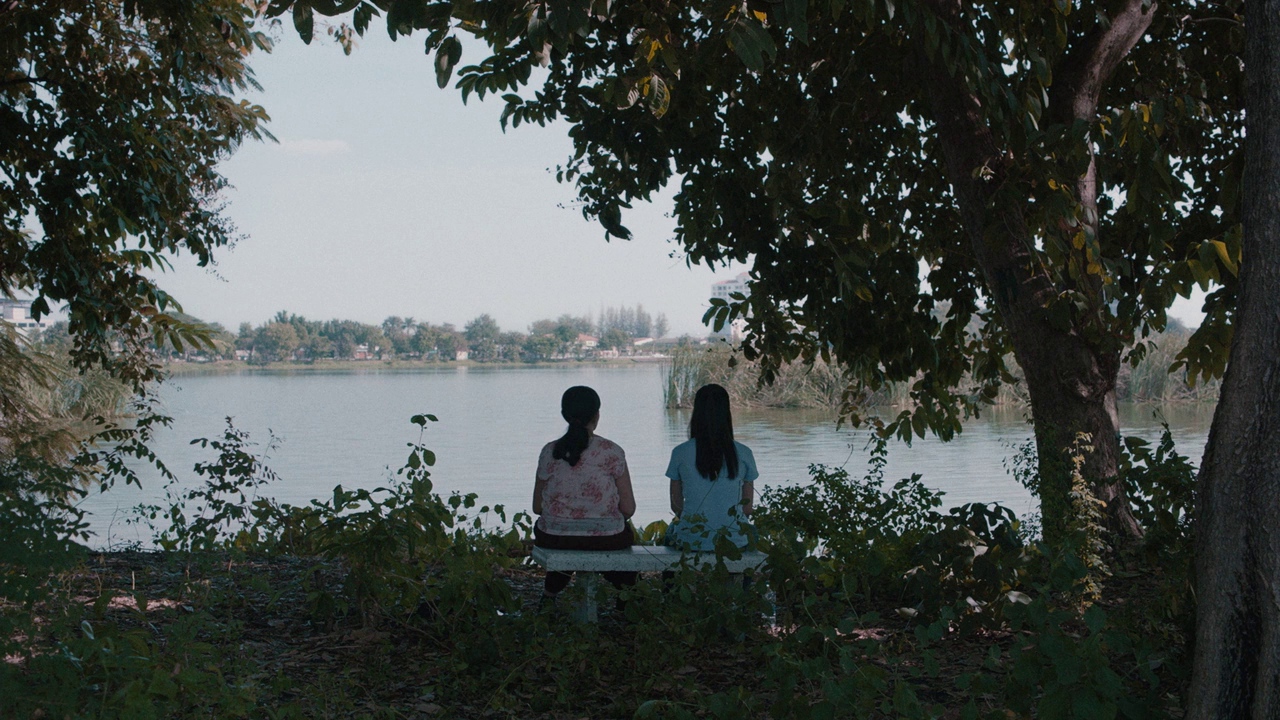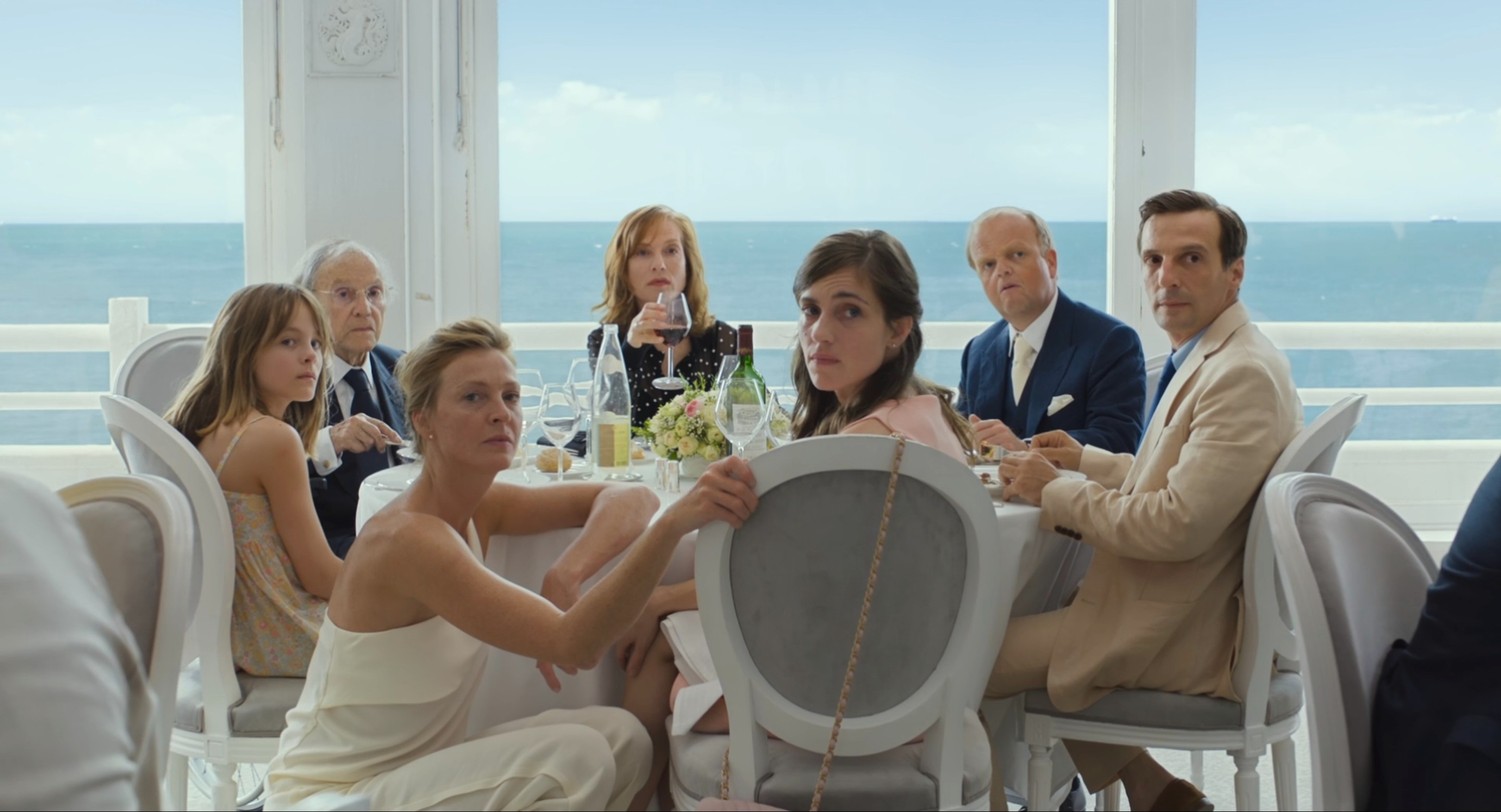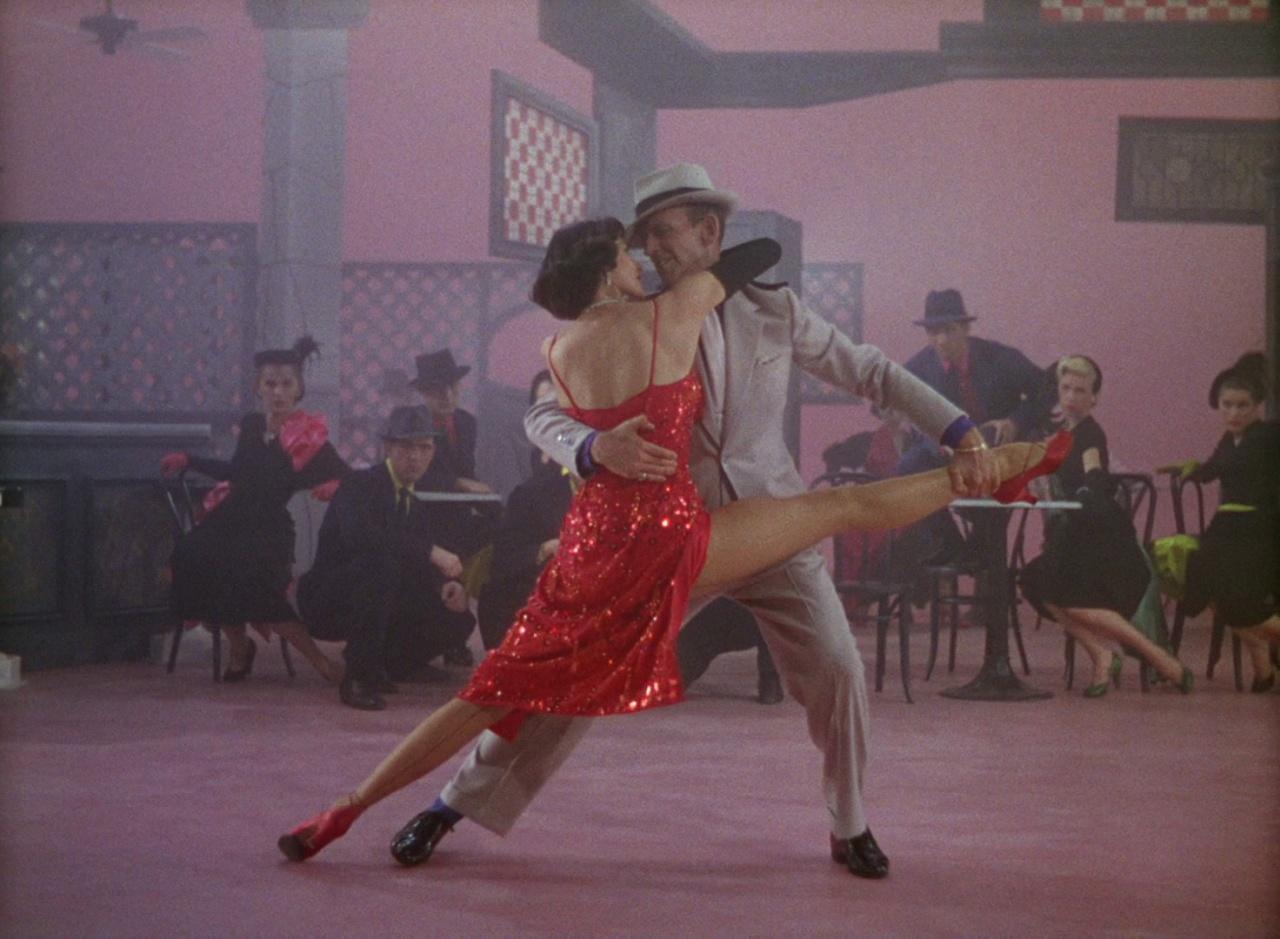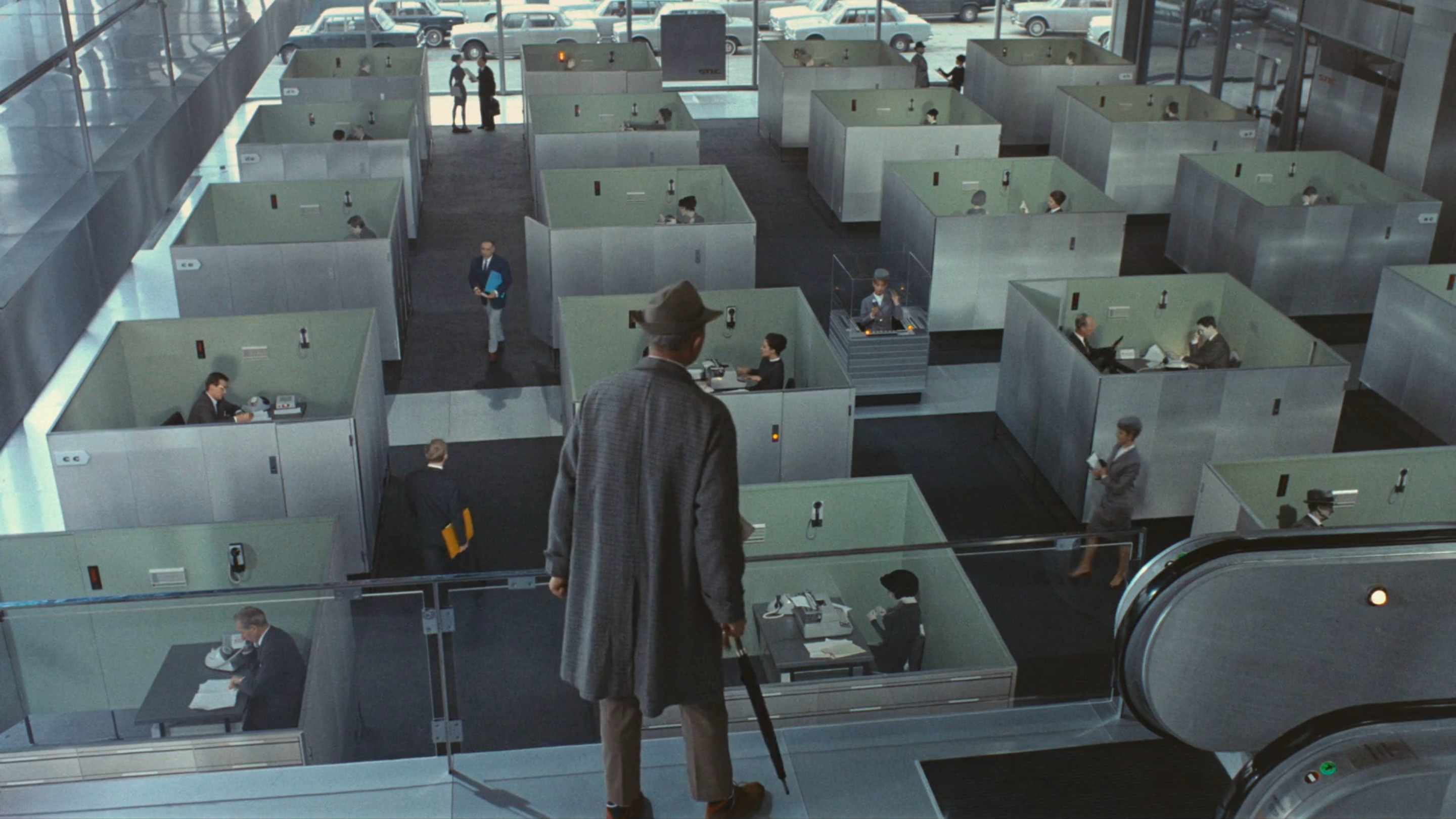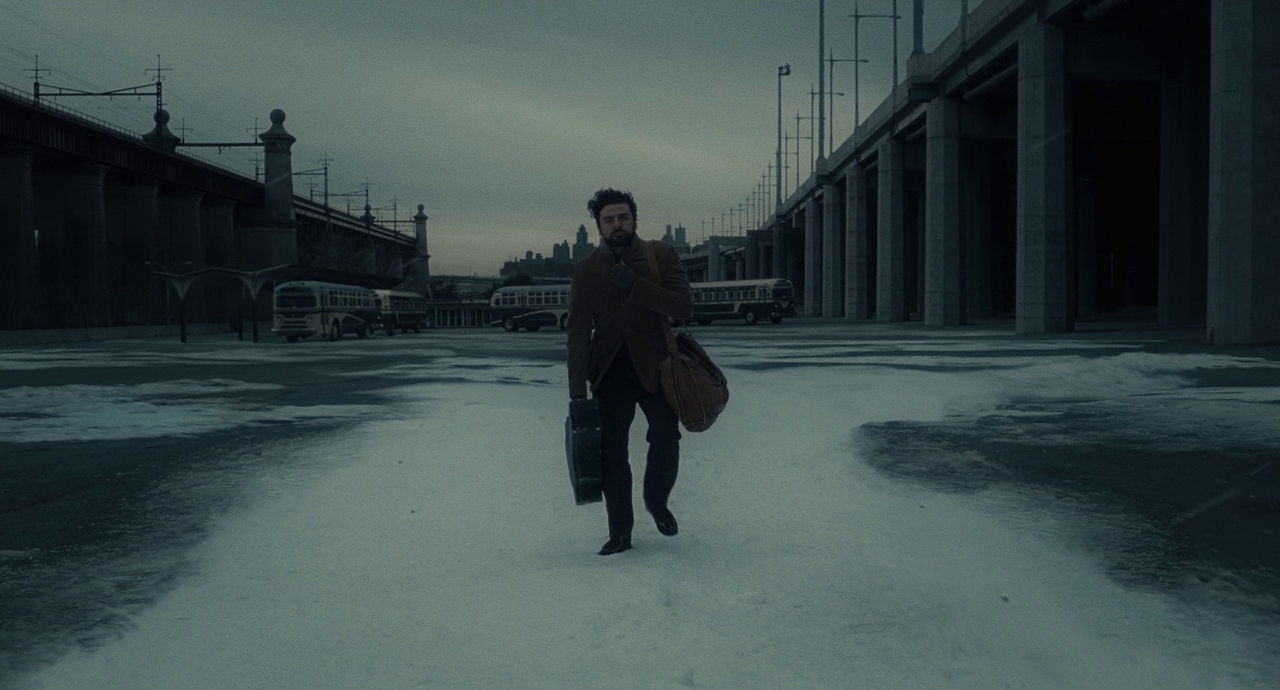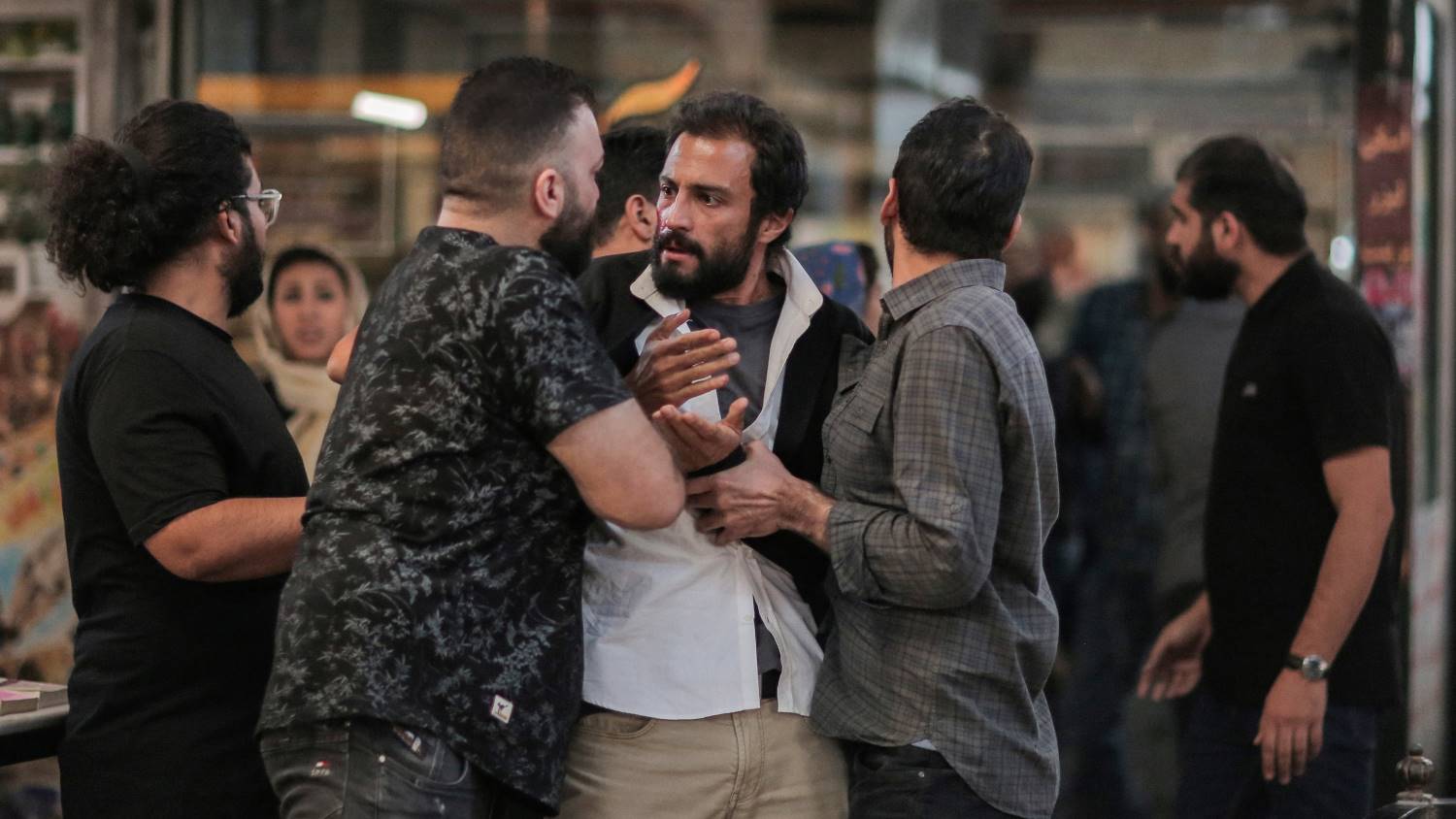Oslo, August 31st (2011)
As recovering drug addict Anders drifts between vestiges of his old life on his first day out of rehab, Joachim Trier unfolds a battle in his mind between the future and oblivion, submitting Oslo, August 31st to the cycle of time that poignantly fades away sentimental memories into a mournful recognition of their widespread irrelevance.

